
Year: 2016
This is the Final Report 5 of the UGEE Joint Research Programme.
Year: 2016
This is the Final Report 1 (part 2 of 4) of the UGEE Joint Research Programme.
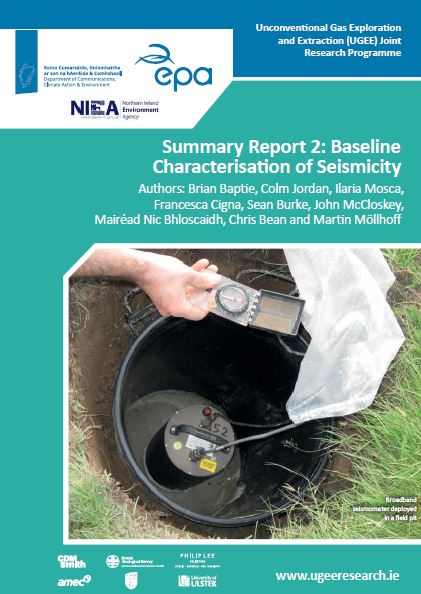
Year: 2016
This is the Summary Report 2 of the UGEE Joint Research Programme.
Year: 2016
This is the Final Report 4 (part 2 of 3) of the UGEE Joint Research Programme.
Year: 2016
This is the Final Report 4 (part 3 of 3) of the UGEE Joint Research Programme.
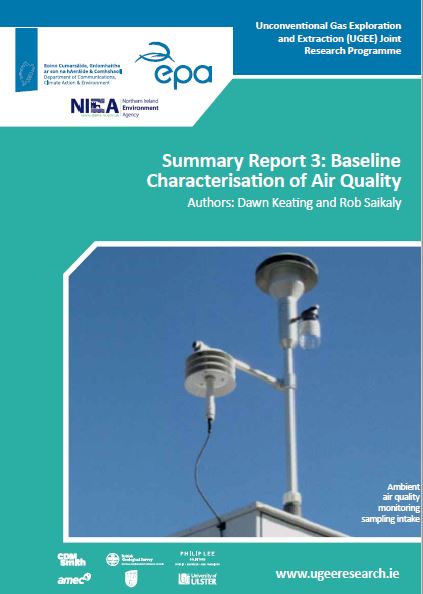
Year: 2016
This is the Summary Report 3 of the UGEE Joint Research Programme.
Year: 2016
This is the Final Report 1 (part 3 of 4) of the UGEE Joint Research Programme.
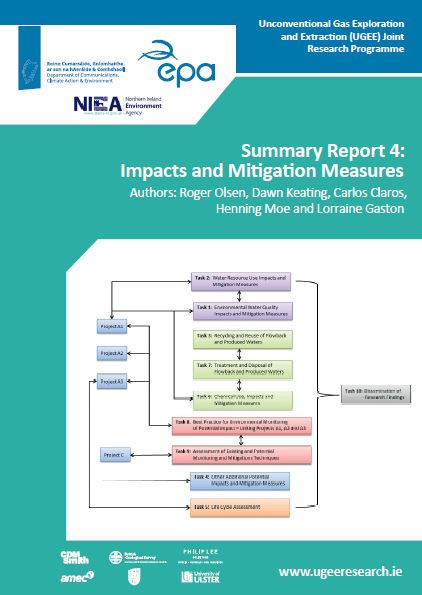
Year: 2016
This is the Summary Report 4 of the UGEE Joint Research Programme.
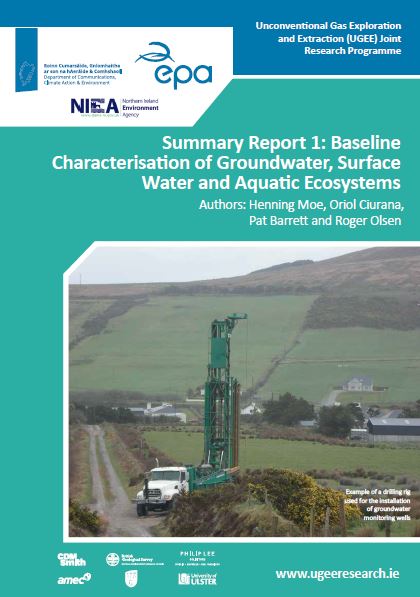
Year: 2016
This is the Summary Report 1 of the UGEE Joint Research Programme.
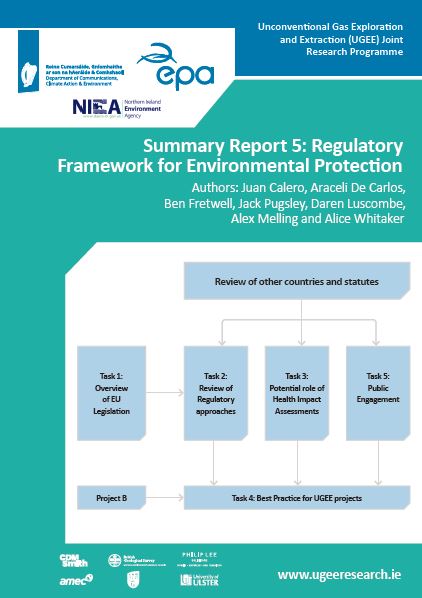
Year: 2016
This is the Summary Report 5 of the UGEE Joint Research Programme.
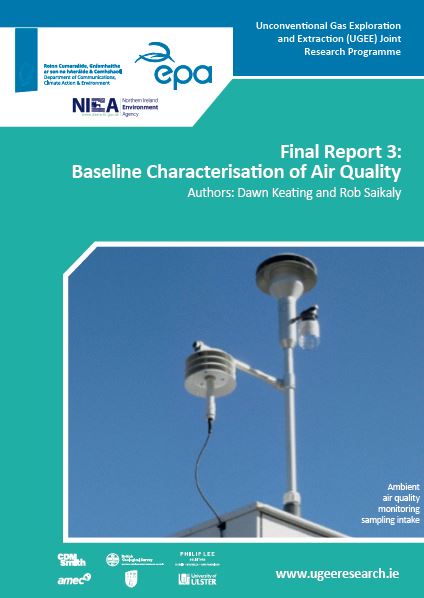
Year: 2016
This is the Final Report 3 of the UGEE Joint Research Programme.
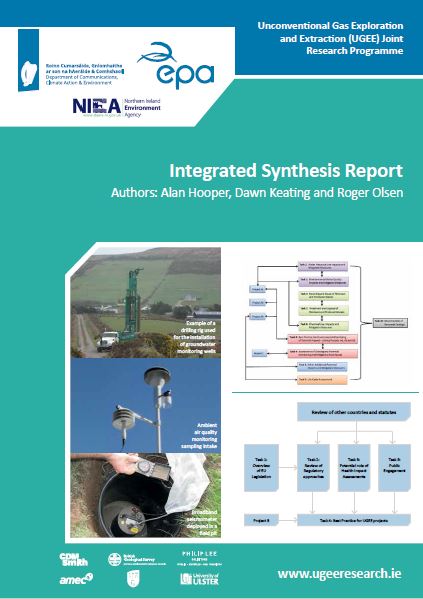
Year: 2016
This is the Integrated Synthesis Report of the UGEE Joint Research Programme.
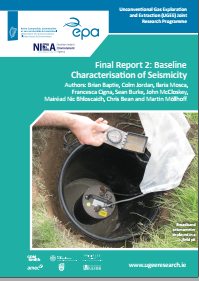
Year: 2016
This is the Final Report 2 of the UGEE Joint Research Programme.

Year: 2016
This is the Final Report 4 (part 1 of 3) of the UGEE Joint Research Programme.
Year: 2016
This is the Final Report 1 (part 4 of 4) of the UGEE Joint Research Programme.
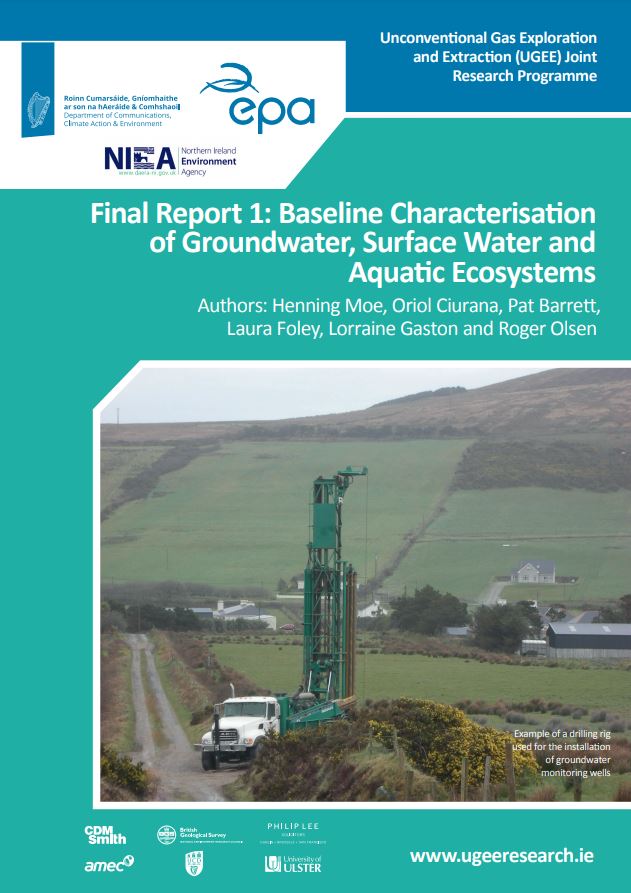
Year: 2016
This is the Final Report 1 (part 1 of 4) of the UGEE Joint Research Programme.
Year: 2016
The UGEE Joint Research Programme is a comprehensive programme of research and there are many elements to it (some baseline analysis & desk –based literature reviews). Further details on the research programme are currently available on a dedicated website www.ugeeresearch.ie. This document is a statement from the EPA issued in October 2016.
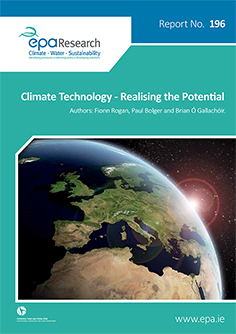
Authors: Fionn Rogan, Paul Bolger and Brian Ó Gallachóir, October 2016
Year: 2016
Research report 196 on Climate Technology - Realising the Potential
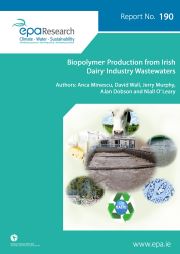
Authors: Anca Minescu, David Wall, Jerry Murphy, Alan Dobson and Niall O’ Leary, October 2016
Year: 2016
This report examines issues surrounding non-sustainable plastic production, use and disposal and highlights the challenges associated with limited commercial uptake of wholly biodegradable polymers.
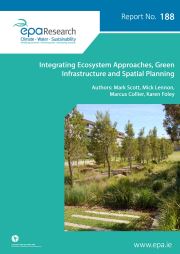
Authors: Mark Scott, Mick Lennon, Marcus Collier, Karen Foley, October 2016
Year: 2016
Research report 188 on Integrating Ecosystem Approaches, Green Infrastructure and Spatial Planning